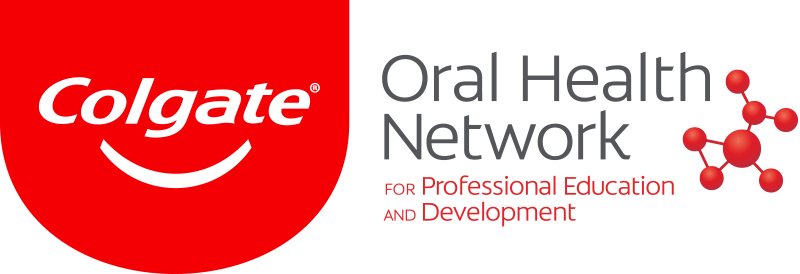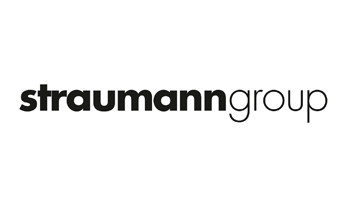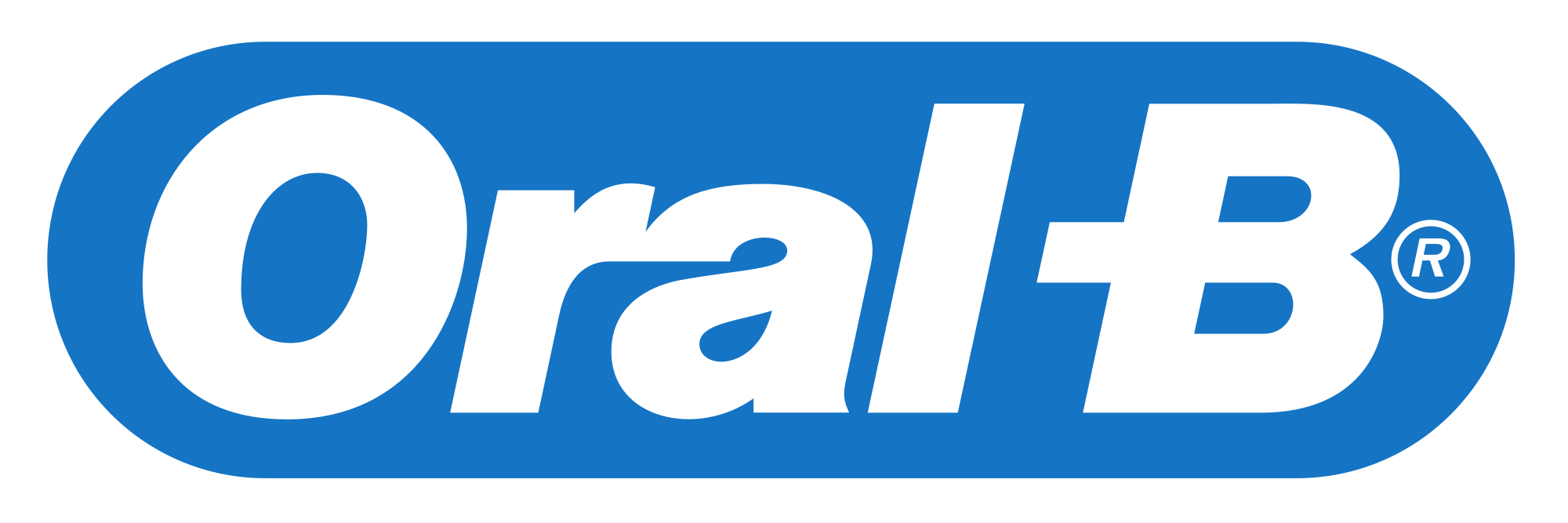The removable denture may seem an outdated rehabilitation. However, it is the foundation on which all prosthetic procedures are based; therefore, it is imperative to know it and to follow its constructive steps when restoring the patient’s oral cavity to obtain an esthetic result not only of the smile but of the whole face.
The possibility to anchor a denture to teeth/roots or implants enables the benefits of a removable prosthesis in terms of soft-tissues support, oral hygiene and the greater stability associated with the use of retentive attachments.
Preserving roots for the anchoring of a denture provides several strategic advantages, including the maintaining of the alveolar bone (for preserving the periodontal ligament), proprioception and physiological masticatory dynamics (Scotti R. et al., 2003).
After an endodontic treatment, different types of post attachments can be applied into the roots. These attachments can be identified as spherical attachments and low profile attachments.
Spherical attachments (Pivot Block Normo and Micro and Pivot Flex, Rhein83, Italy, www.rhein83.com) are good anchoring devices because of their self-aligning capacity, small dimensions (in particular for the Micro sphere) and ability to compensate severe divergences between the roots (Flex). Today’s spherical attachments have further evolved into the low-profile Pivot OT Equator (Rhein83). This new attachment maintains the same diameter and retentive capacity as the Pivot Block Normo sphere but has a substantially smaller vertical size (only 2.2 mm, including the retentive cap and the housing).
These attachments are recommended when there is the need of a good anchorage for denture but the available prosthetic space is reduced. The Pivot OT Equator, thanks to its sandblasted pin, ensures greater retention inside the root canal, and the nitride surface improves the resistance of the attachment and reduces the wearing process over time.
The morphology of the OT Equator attachment has been validated for more than 10 years by clinical procedures and scientific studies performed on implant-denture rehabilitations (Montanari et al., 2015-2016).
For all these reasons, I believe that the Pivot OT Equator is the most effective and reliable overdenture retentive post currently on the market.
Contact Rhein83
For more information, contact American Recovery-Rhein83 USA Attachments at (914) 633-6363 or www.rhein83usa.com.
Tags:
Today, the number of elective esthetic dental procedures being performed continues to rise. This phenomenon is due to several reasons. Increased patient ...
When treating a carious lesion, it is critical to identify and remove only infected tooth structure, avoiding the needless removal of healthy tissue. Past ...
Controversy involving the oral cavity and the effects of using bisphosphonates is causing an obstacle for dentists to help patients achieve optimal health. ...
This article illustrates recent advancements by Glidewell Laboratories to improve the esthetic properties of BruxZir Solid Zirconia restorations. As the ...
Of the commercially available hard- and soft-tissue lasers, the Fotona Lightwalker dual laser wavelengths of Nd:YAG and Er:YAG have high efficacy and ...
NEW YORK, N.Y., USA: One of the benefits the exhibit floor of major conferences such as the Greater New York Dental Meeting offer is the ability to ...
Anterior tooth loss and restoration in the esthetic zone is a common challenge in dentistry today. The prominent visibility of the area can be especially ...
Dentists today are living during exciting times when advancements in materials, techniques and diagnostics allow us to predictably improve the quality of ...
New Legacy angled overdenture abutments provide unmatched versatility at approximately half the cost of comparable abutments for greater overdenture ...
A medically and periodontally stable 50-year-old woman presented with failing #8 and #9 teeth that exhibit asymmetry, lack of interdental papilla and a ...
Live webinar
Fri. 3 May 2024
1:00 PM EST (New York)
Live webinar
Tue. 7 May 2024
8:00 PM EST (New York)
Live webinar
Thu. 9 May 2024
8:00 PM EST (New York)
Live webinar
Mon. 13 May 2024
9:00 AM EST (New York)
Live webinar
Mon. 13 May 2024
1:00 PM EST (New York)
Doc. MUDr. Eva Kovaľová PhD.
Live webinar
Wed. 15 May 2024
10:00 AM EST (New York)
Prof. Dr. med dent. David Sonntag
Live webinar
Wed. 22 May 2024
12:00 PM EST (New York)
Dr. Nikolay Makarov DDS, MSC, PhD.



 Austria / Österreich
Austria / Österreich
 Bosnia and Herzegovina / Босна и Херцеговина
Bosnia and Herzegovina / Босна и Херцеговина
 Bulgaria / България
Bulgaria / България
 Croatia / Hrvatska
Croatia / Hrvatska
 Czech Republic & Slovakia / Česká republika & Slovensko
Czech Republic & Slovakia / Česká republika & Slovensko
 France / France
France / France
 Germany / Deutschland
Germany / Deutschland
 Greece / ΕΛΛΑΔΑ
Greece / ΕΛΛΑΔΑ
 Italy / Italia
Italy / Italia
 Netherlands / Nederland
Netherlands / Nederland
 Nordic / Nordic
Nordic / Nordic
 Poland / Polska
Poland / Polska
 Portugal / Portugal
Portugal / Portugal
 Romania & Moldova / România & Moldova
Romania & Moldova / România & Moldova
 Slovenia / Slovenija
Slovenia / Slovenija
 Serbia & Montenegro / Србија и Црна Гора
Serbia & Montenegro / Србија и Црна Гора
 Spain / España
Spain / España
 Switzerland / Schweiz
Switzerland / Schweiz
 Turkey / Türkiye
Turkey / Türkiye
 UK & Ireland / UK & Ireland
UK & Ireland / UK & Ireland
 International / International
International / International
 Brazil / Brasil
Brazil / Brasil
 Canada / Canada
Canada / Canada
 Latin America / Latinoamérica
Latin America / Latinoamérica
 China / 中国
China / 中国
 India / भारत गणराज्य
India / भारत गणराज्य
 Japan / 日本
Japan / 日本
 Pakistan / Pākistān
Pakistan / Pākistān
 Vietnam / Việt Nam
Vietnam / Việt Nam
 ASEAN / ASEAN
ASEAN / ASEAN
 Israel / מְדִינַת יִשְׂרָאֵל
Israel / מְדִינַת יִשְׂרָאֵל
 Algeria, Morocco & Tunisia / الجزائر والمغرب وتونس
Algeria, Morocco & Tunisia / الجزائر والمغرب وتونس
 Middle East / Middle East
Middle East / Middle East
:sharpen(level=0):output(format=jpeg)/up/dt/2024/04/SprintRay-introduces-revolutionary-3D-printer-Midas-enabling-use-of-highly-viscose-resins-1.jpg)
:sharpen(level=0):output(format=jpeg)/up/dt/2024/04/Envista-names-Paul-Keel-new-CEO-1.jpg)
:sharpen(level=0):output(format=jpeg)/up/dt/2024/02/vVARDIS_article_1920x1080px.jpg)
:sharpen(level=0):output(format=jpeg)/up/dt/2024/04/Study-links-e-cigarette-use-with-increased-risk-of-heart-failure.jpg)
:sharpen(level=0):output(format=jpeg)/up/dt/2024/04/web_FDC_small.jpg)








:sharpen(level=0):output(format=png)/up/dt/2014/02/FKG.png)
:sharpen(level=0):output(format=png)/up/dt/2024/01/UnionTech-Logo-Hub.png)
:sharpen(level=0):output(format=png)/up/dt/2015/09/Curaden.png)
:sharpen(level=0):output(format=png)/up/dt/2011/07/fdi.png)
:sharpen(level=0):output(format=png)/up/dt/2022/01/HASSBIO_Logo_horizontal.png)
:sharpen(level=0):output(format=png)/up/dt/2011/11/ITI-LOGO.png)
:sharpen(level=0):output(format=jpeg)/up/dt/e-papers/330729/1.jpg)
:sharpen(level=0):output(format=jpeg)/up/dt/e-papers/330727/1.jpg)
:sharpen(level=0):output(format=jpeg)/up/dt/e-papers/330725/1.jpg)
:sharpen(level=0):output(format=jpeg)/up/dt/e-papers/325039/1.jpg)
:sharpen(level=0):output(format=jpeg)/up/dt/e-papers/325007/1.jpg)
:sharpen(level=0):output(format=jpeg)/up/dt/e-papers/313543/1.jpg)
:sharpen(level=0):output(format=jpeg)/up/dt/2018/01/Perni-Ot-Equator_Con-Logo_edited.jpg)

:sharpen(level=0):output(format=jpeg)/up/dt/2024/04/SprintRay-introduces-revolutionary-3D-printer-Midas-enabling-use-of-highly-viscose-resins-1.jpg)
:sharpen(level=0):output(format=gif)/wp-content/themes/dt/images/no-user.gif)
:sharpen(level=0):output(format=jpeg)/up/dt/2009/12/c4d0b5f99fc5a332ddf9dafb62232fc0.jpg)
:sharpen(level=0):output(format=jpeg)/up/dt/2011/04/39ffe9b09387368de052bea5c667779d.jpg)
:sharpen(level=0):output(format=jpeg)/up/dt/2011/11/dedaddffb766b9d2330ab35d76120f00.jpg)
:sharpen(level=0):output(format=jpeg)/up/dt/2017/01/1fec0a64e3f1ccd8f8afd5449d2a9c04.jpg)
:sharpen(level=0):output(format=jpeg)/up/dt/2017/01/283283e0f69b290631f414b6c507e5a1.jpg)
:sharpen(level=0):output(format=jpeg)/up/dt/2017/01/aff02731481899b84459f7d240a3080f.jpg)
:sharpen(level=0):output(format=jpeg)/up/dt/2017/01/cf58cd18403c028c28a60cf8b85a0d30.jpg)
:sharpen(level=0):output(format=jpeg)/up/dt/2024/01/Predictable-aesthetic-success-with-a-digital-workflow_header.jpg)
:sharpen(level=0):output(format=jpeg)/up/dt/2010/10/11d5fb840c664bbe083c69f325f2a8a5.jpg)
:sharpen(level=0):output(format=jpeg)/up/dt/2010/09/c678c9895dbe5b563f5100fbe9edc364.jpg)





:sharpen(level=0):output(format=jpeg)/up/dt/2024/04/SprintRay-introduces-revolutionary-3D-printer-Midas-enabling-use-of-highly-viscose-resins-1.jpg)
:sharpen(level=0):output(format=jpeg)/up/dt/2024/04/Envista-names-Paul-Keel-new-CEO-1.jpg)
:sharpen(level=0):output(format=jpeg)/up/dt/2024/02/vVARDIS_article_1920x1080px.jpg)
:sharpen(level=0):output(format=jpeg)/up/dt/e-papers/330727/1.jpg)
:sharpen(level=0):output(format=jpeg)/up/dt/e-papers/330725/1.jpg)
:sharpen(level=0):output(format=jpeg)/up/dt/e-papers/325039/1.jpg)
:sharpen(level=0):output(format=jpeg)/up/dt/e-papers/325007/1.jpg)
:sharpen(level=0):output(format=jpeg)/up/dt/e-papers/313543/1.jpg)
:sharpen(level=0):output(format=jpeg)/up/dt/e-papers/330729/1.jpg)
:sharpen(level=0):output(format=jpeg)/up/dt/e-papers/330729/2.jpg)
:sharpen(level=0):output(format=jpeg)/wp-content/themes/dt/images/3dprinting-banner.jpg)
:sharpen(level=0):output(format=jpeg)/wp-content/themes/dt/images/aligners-banner.jpg)
:sharpen(level=0):output(format=jpeg)/wp-content/themes/dt/images/covid-banner.jpg)
:sharpen(level=0):output(format=jpeg)/wp-content/themes/dt/images/roots-banner-2024.jpg)
To post a reply please login or register